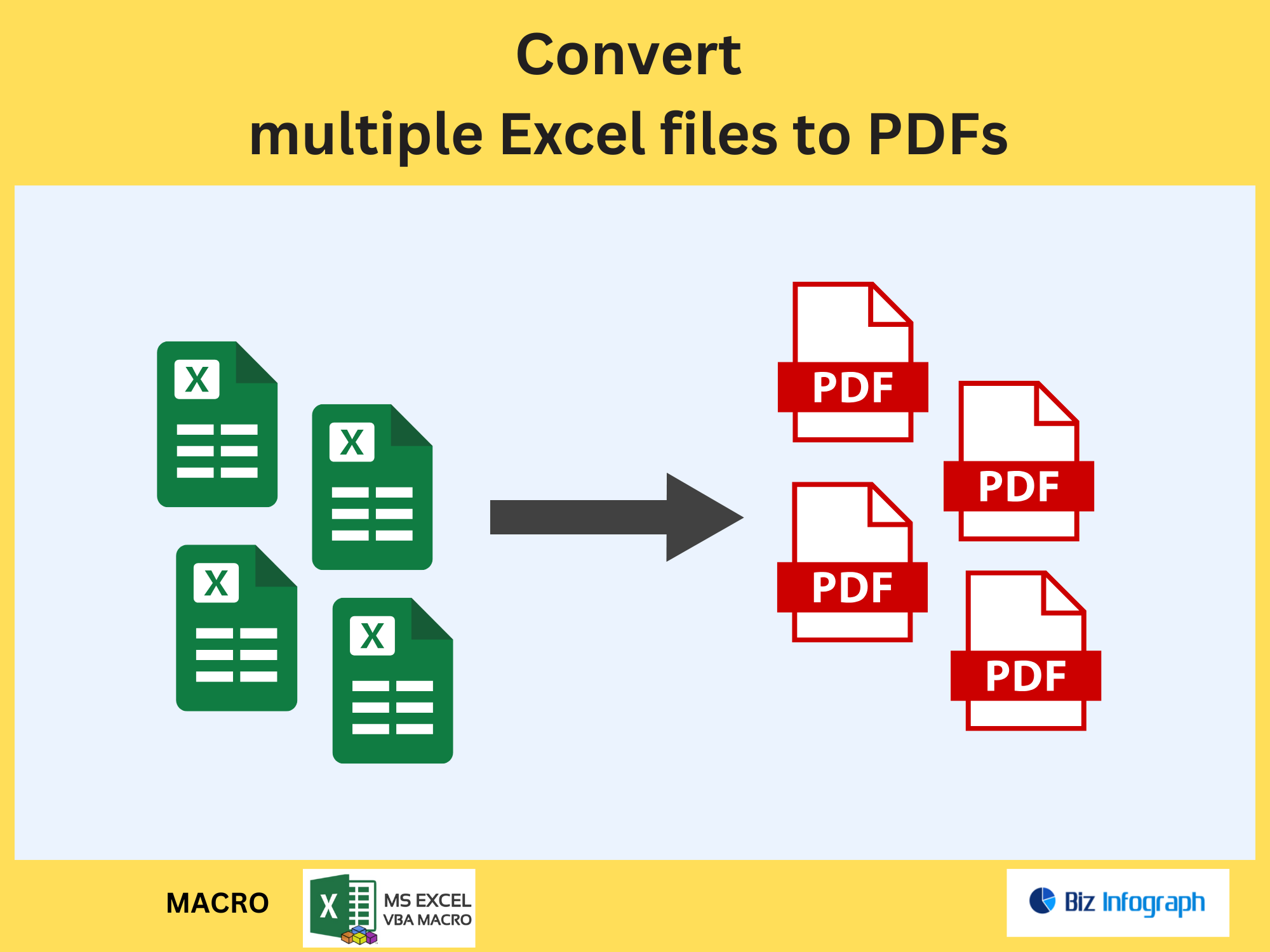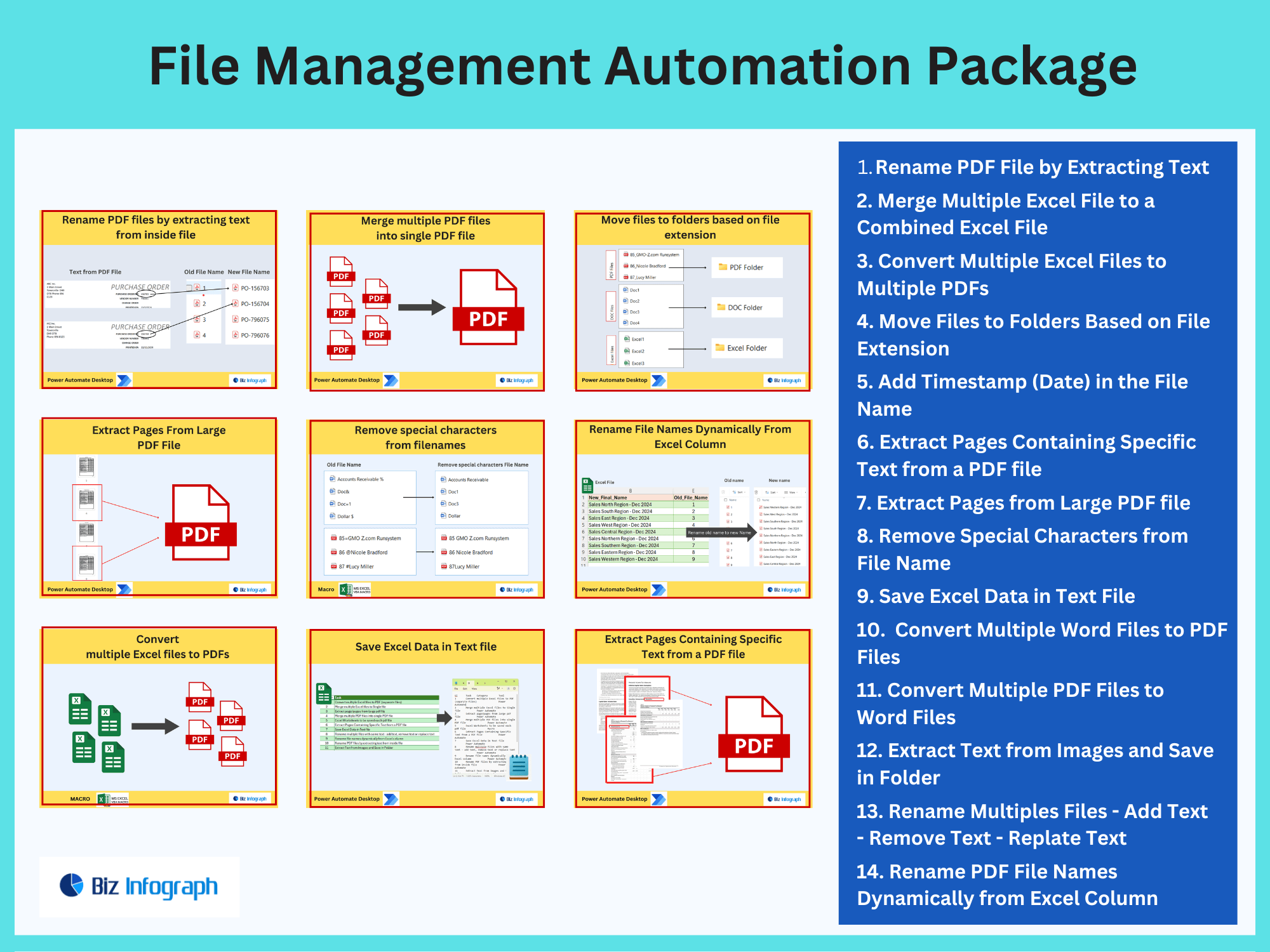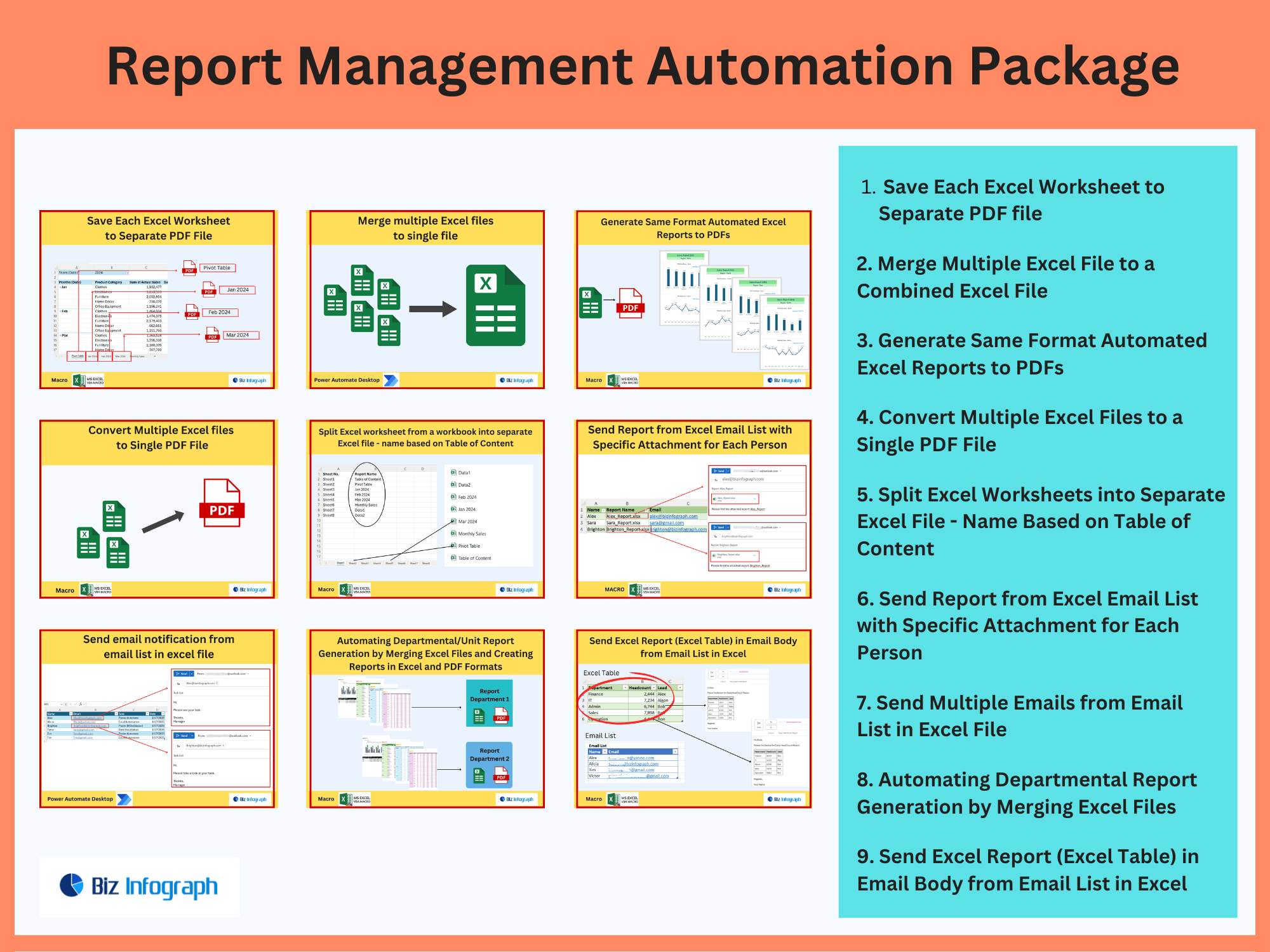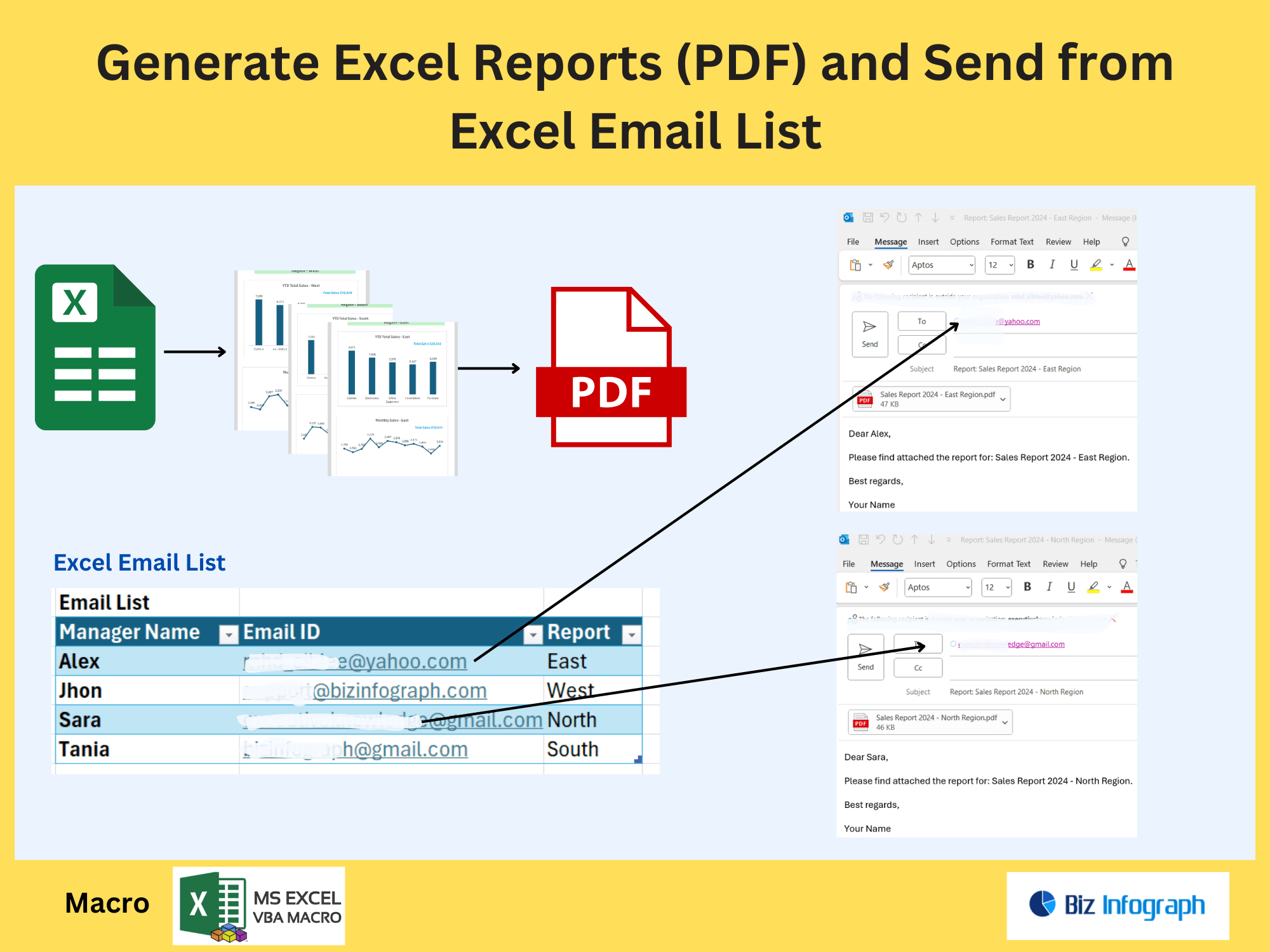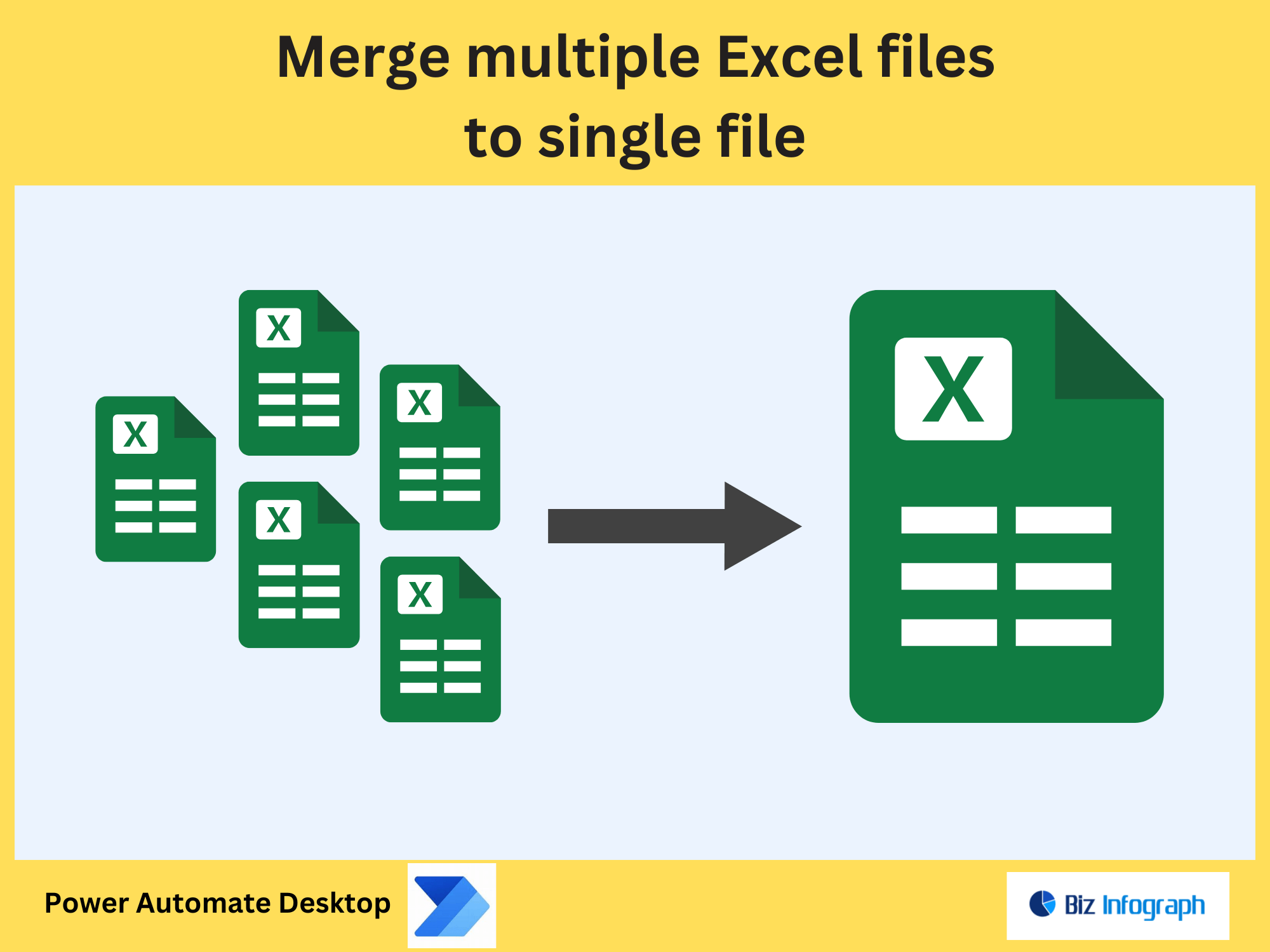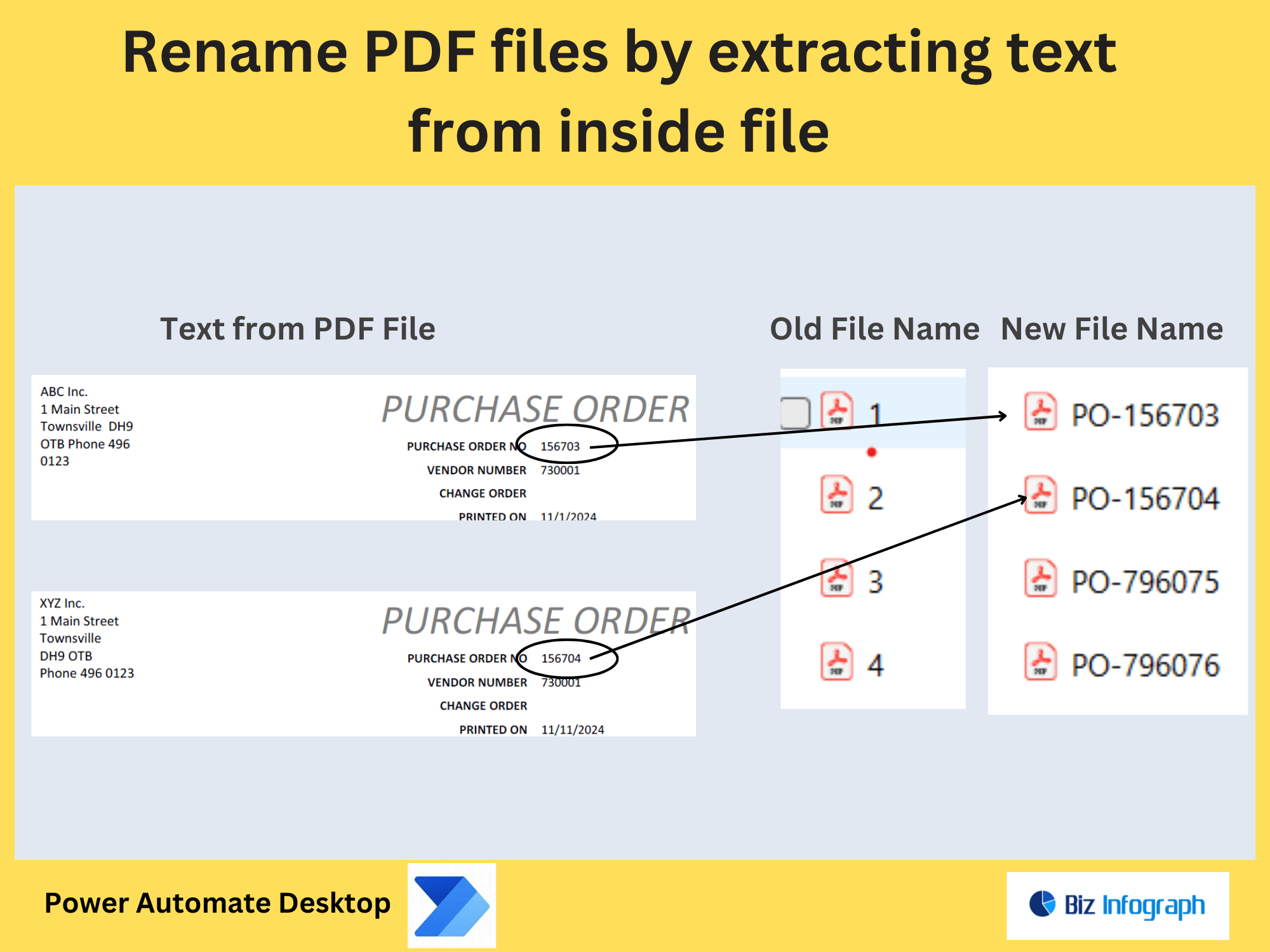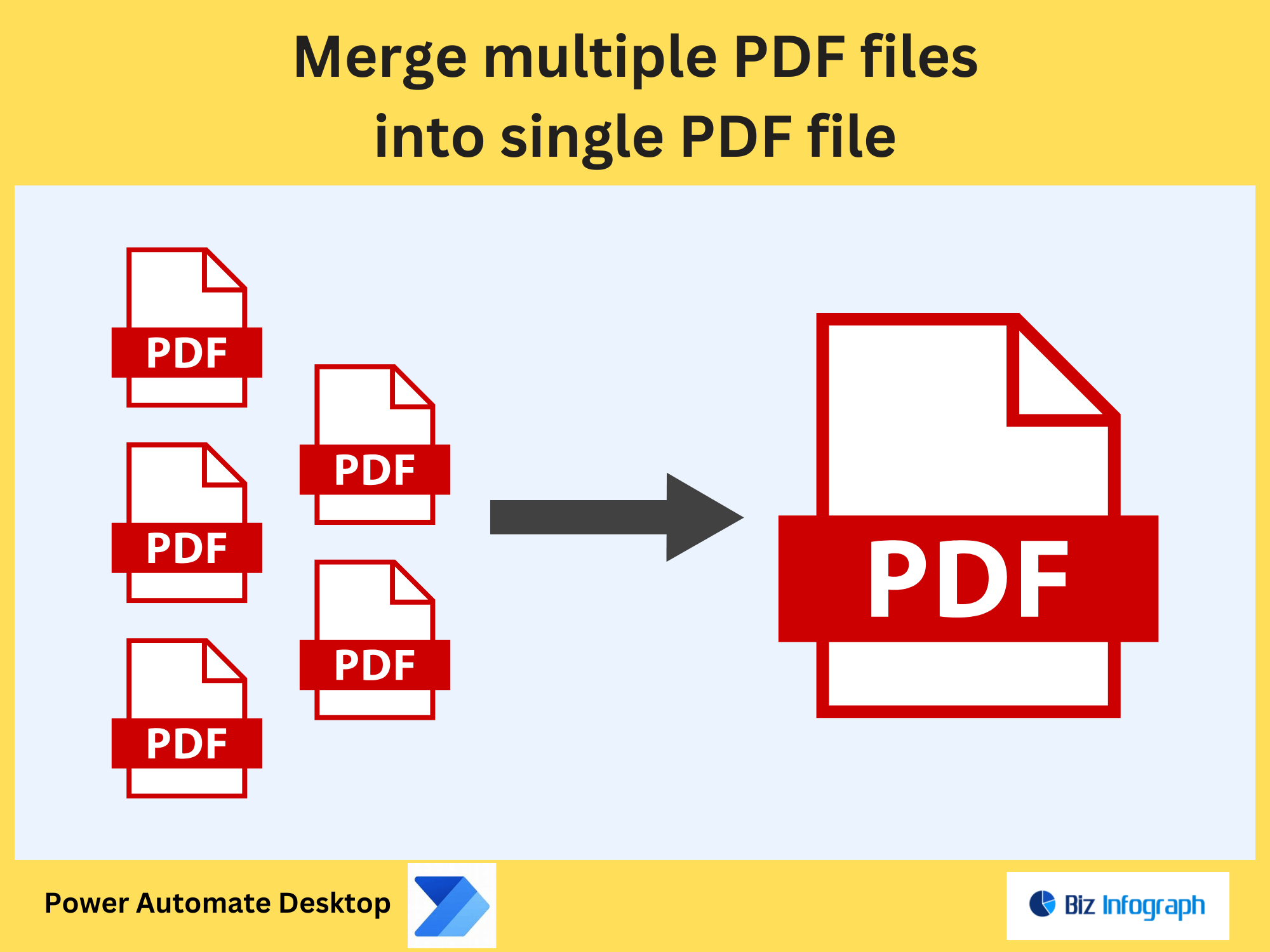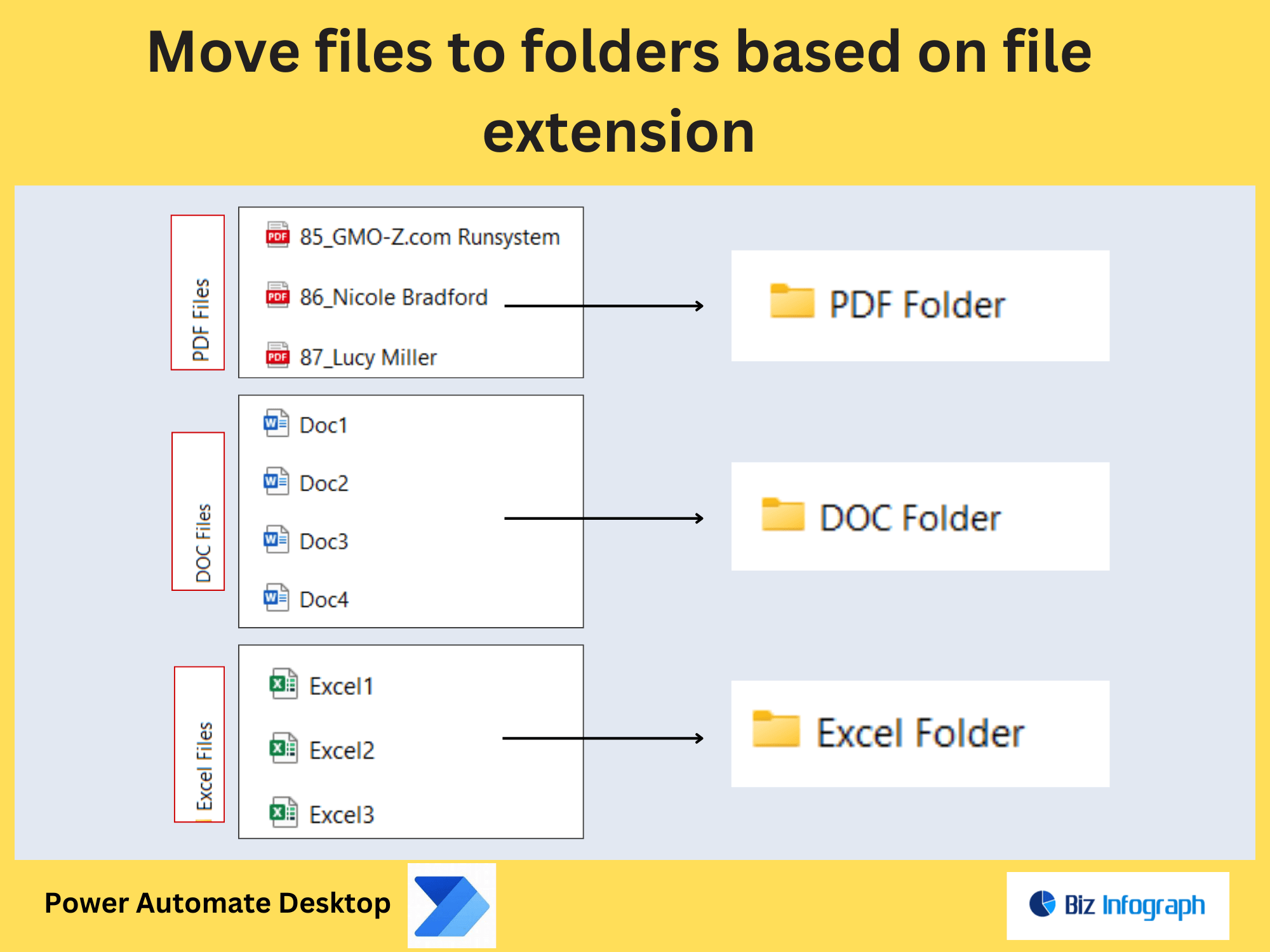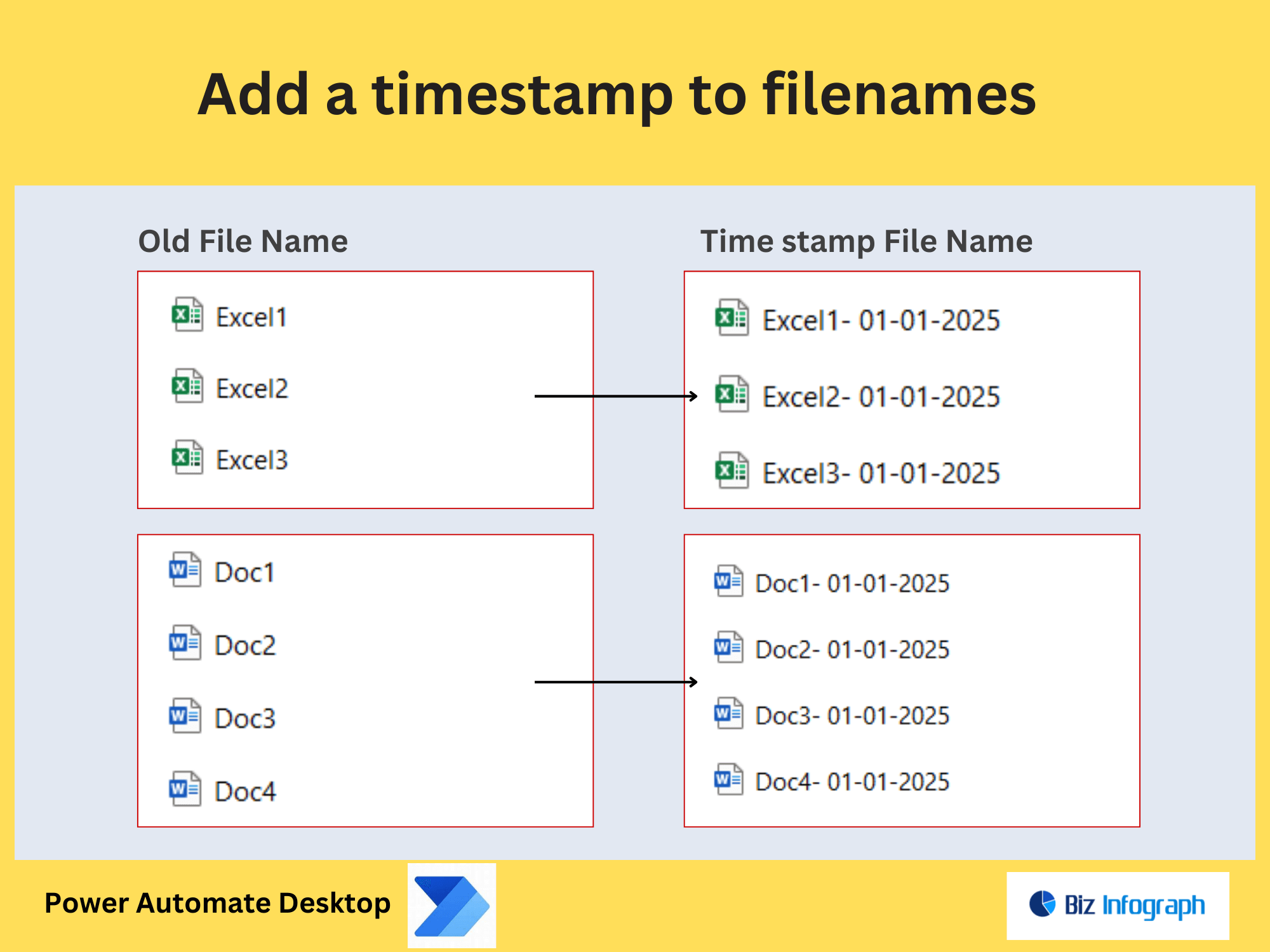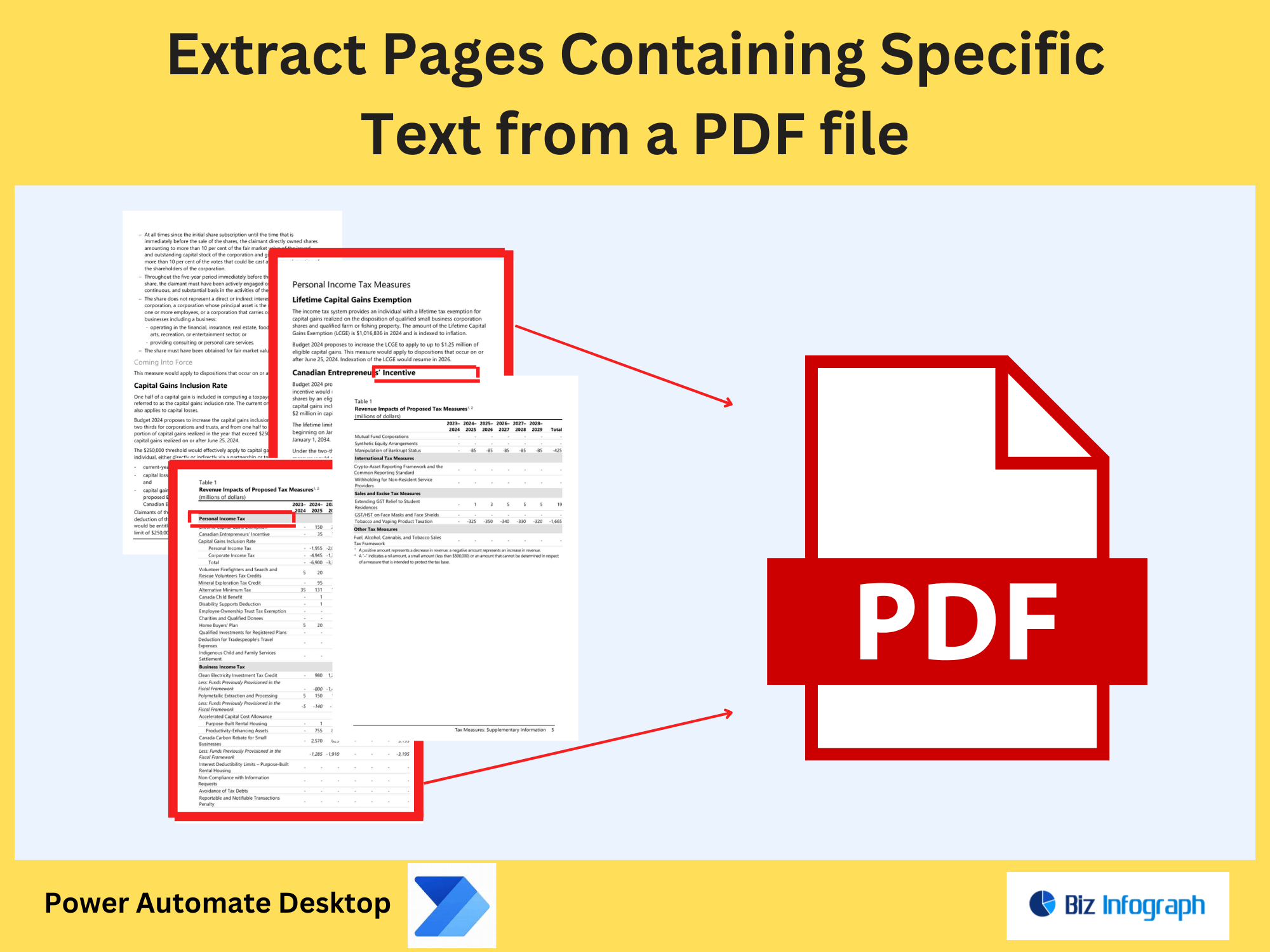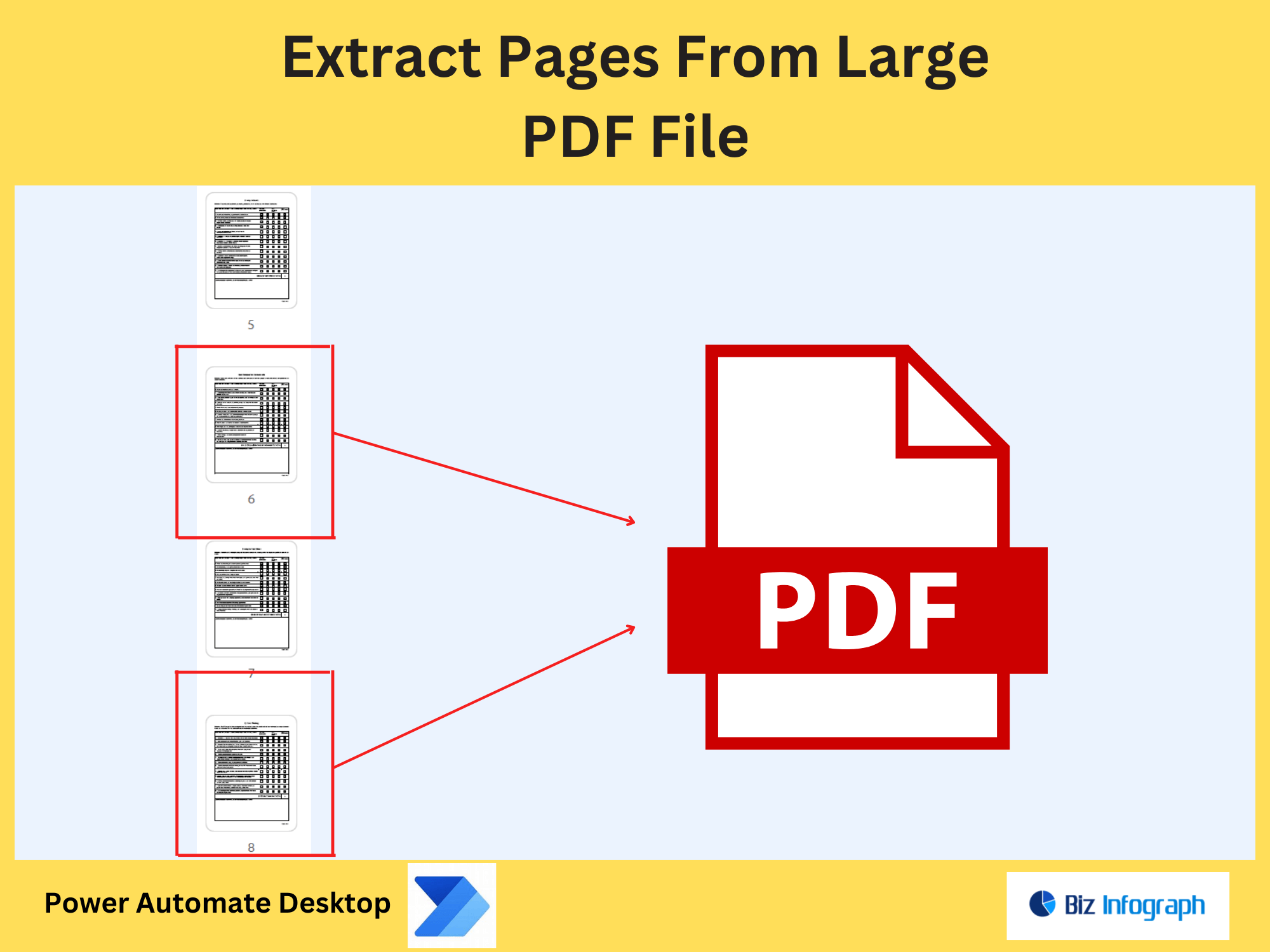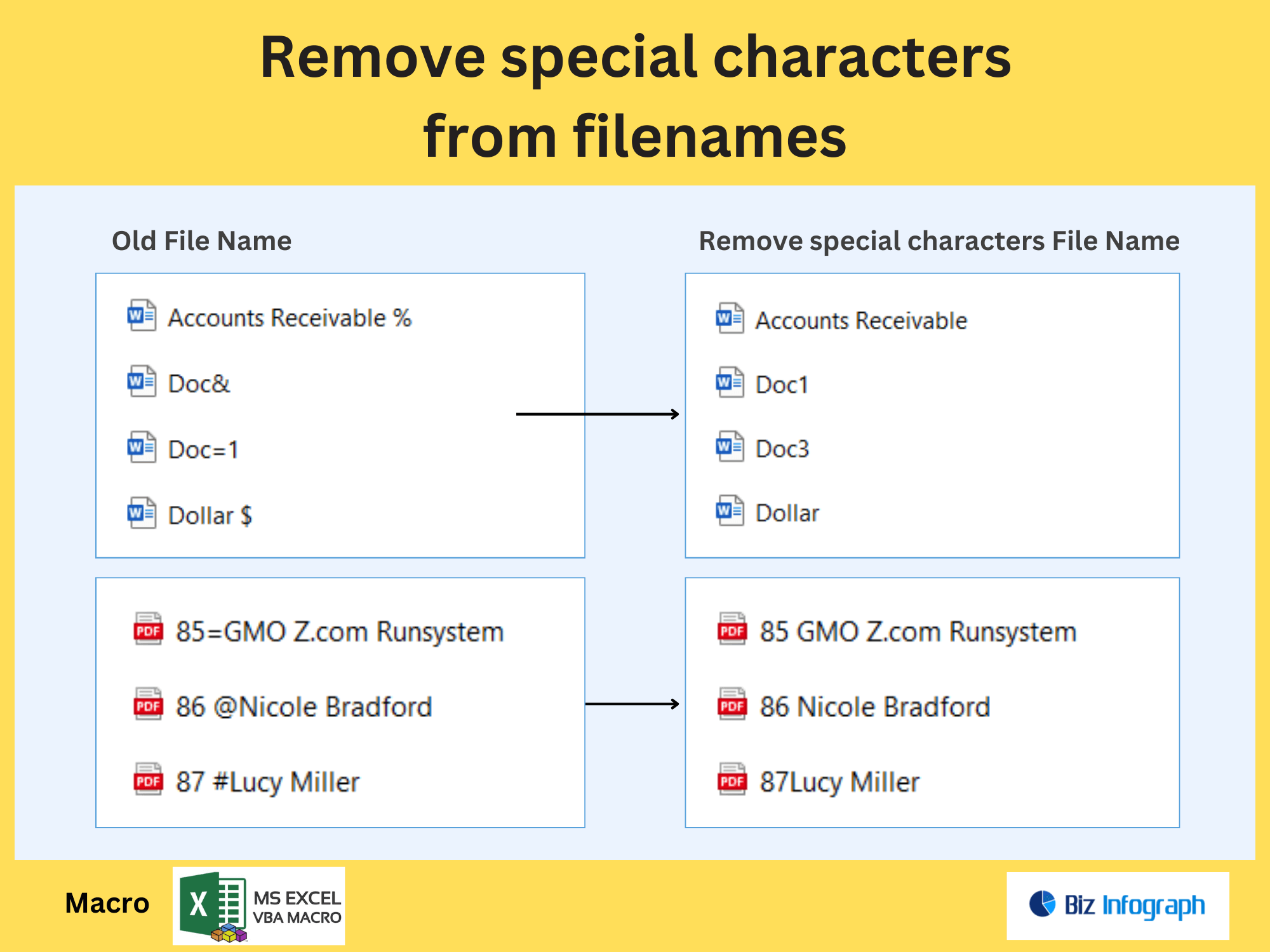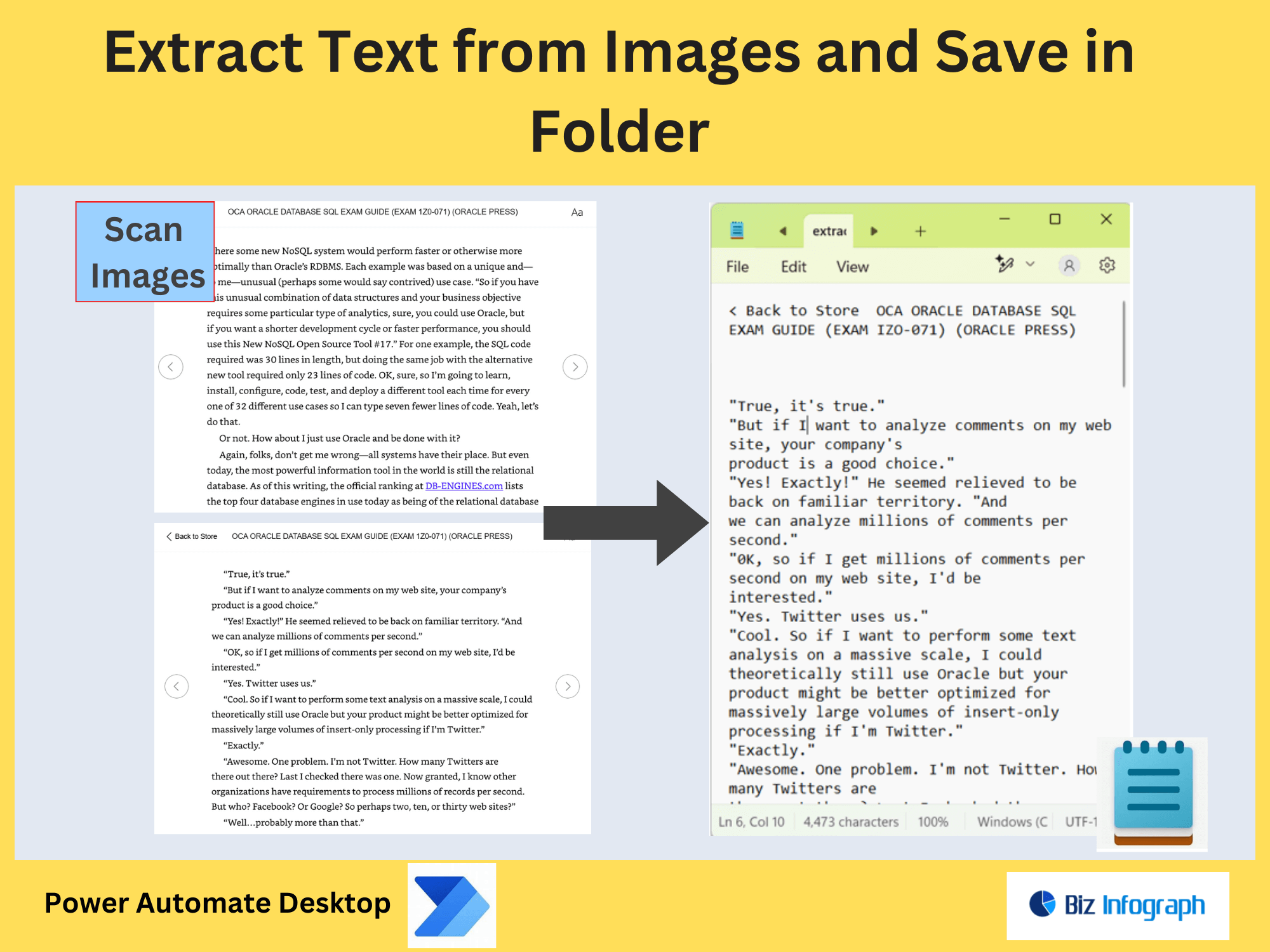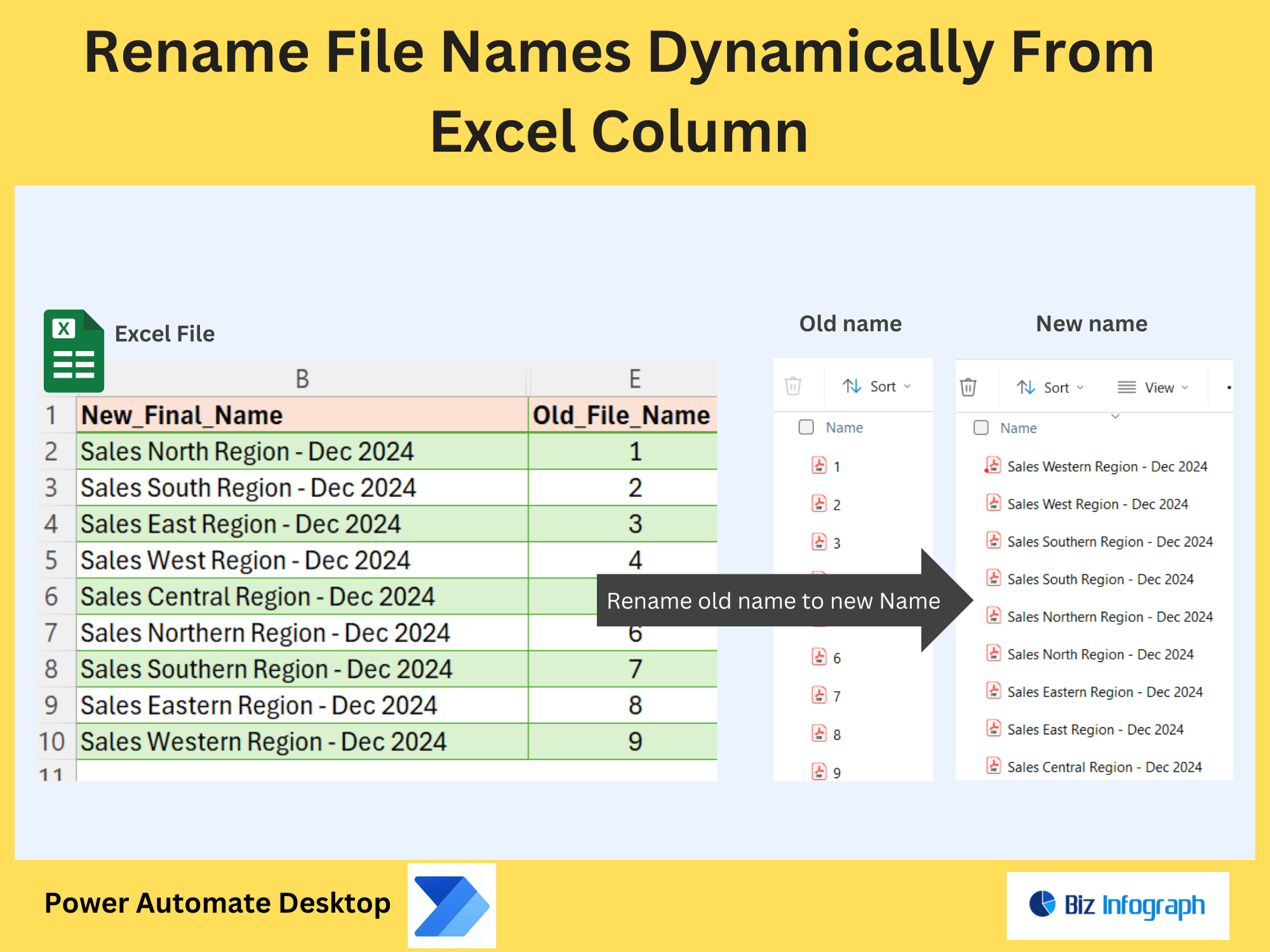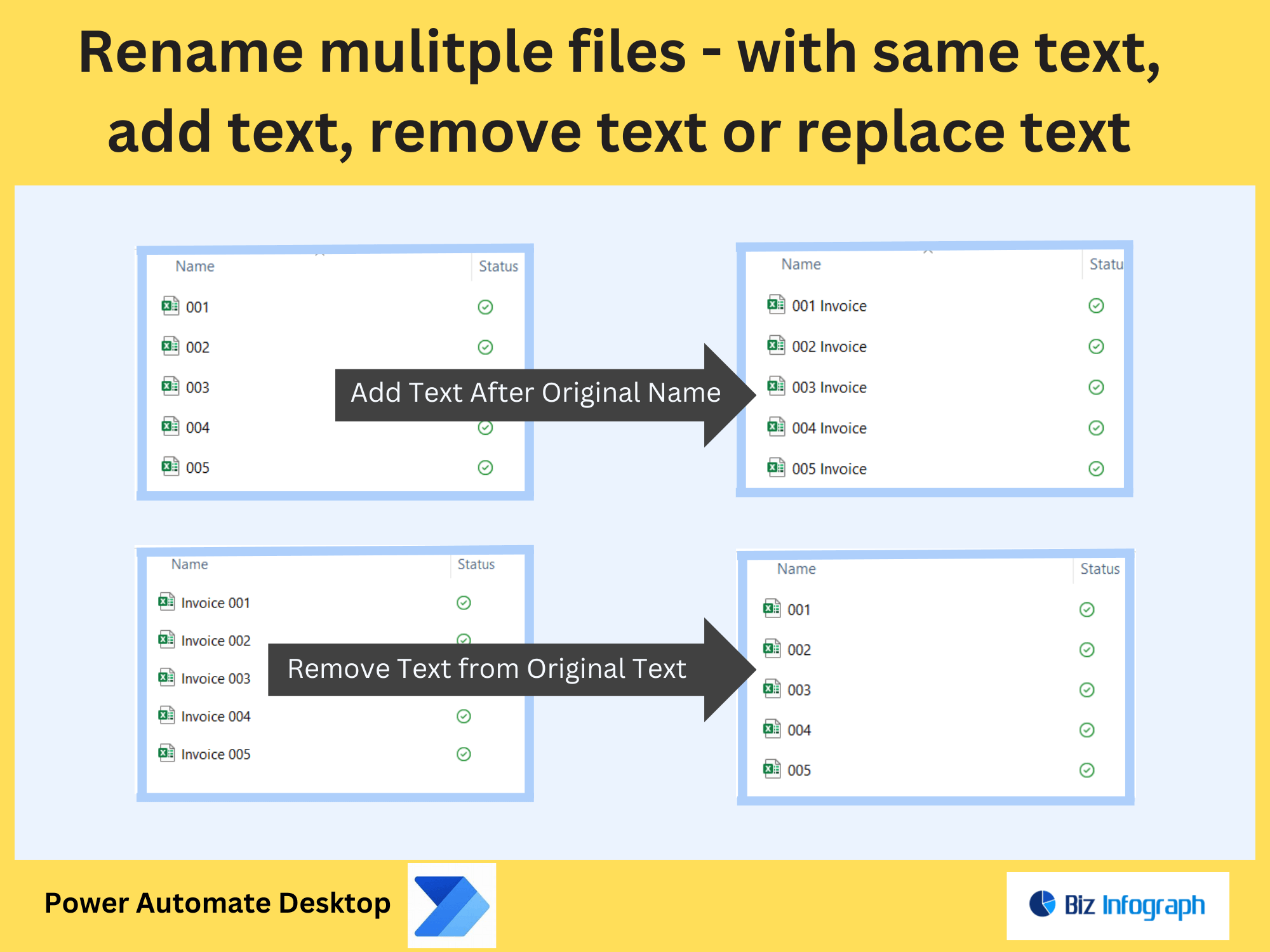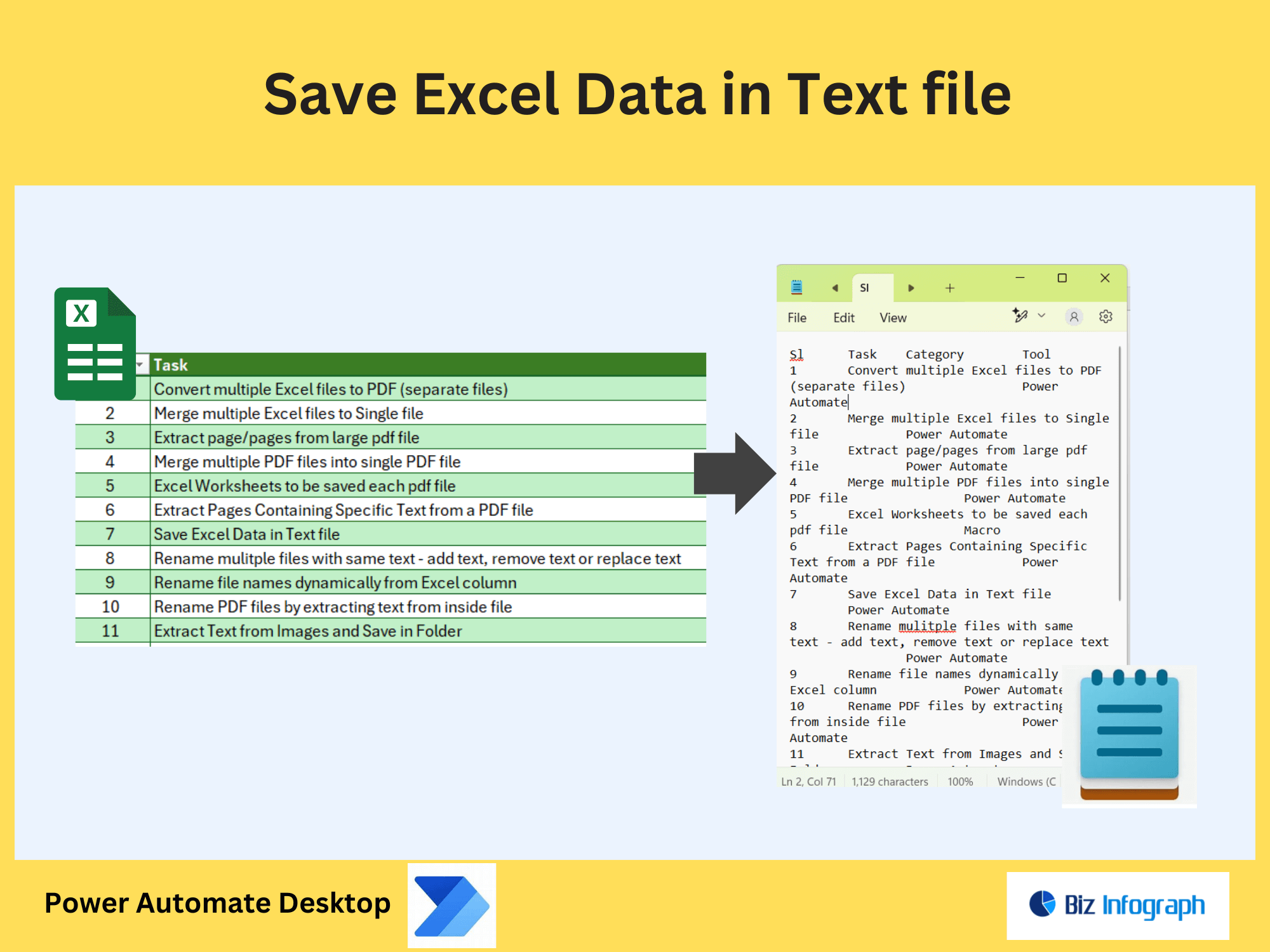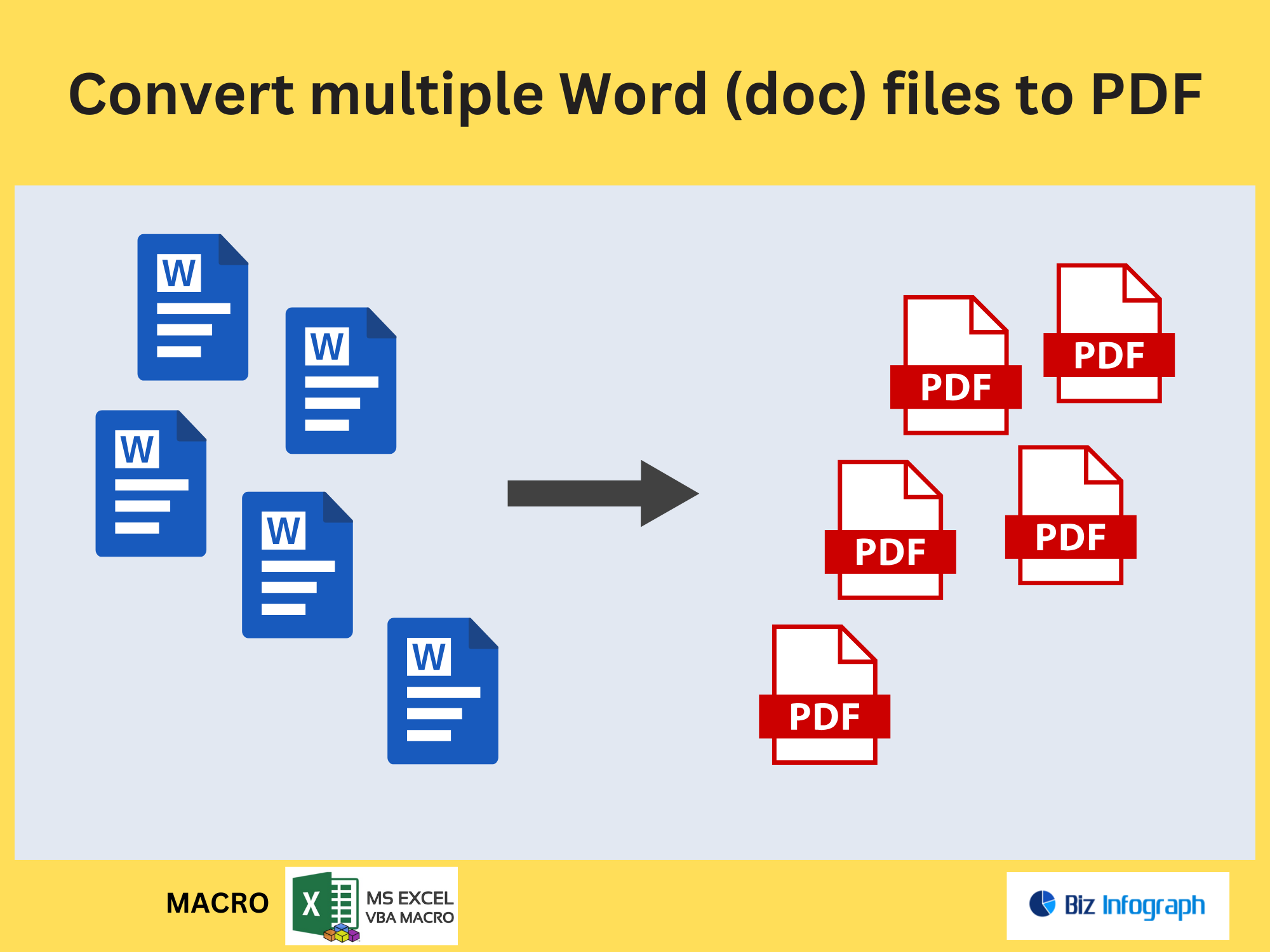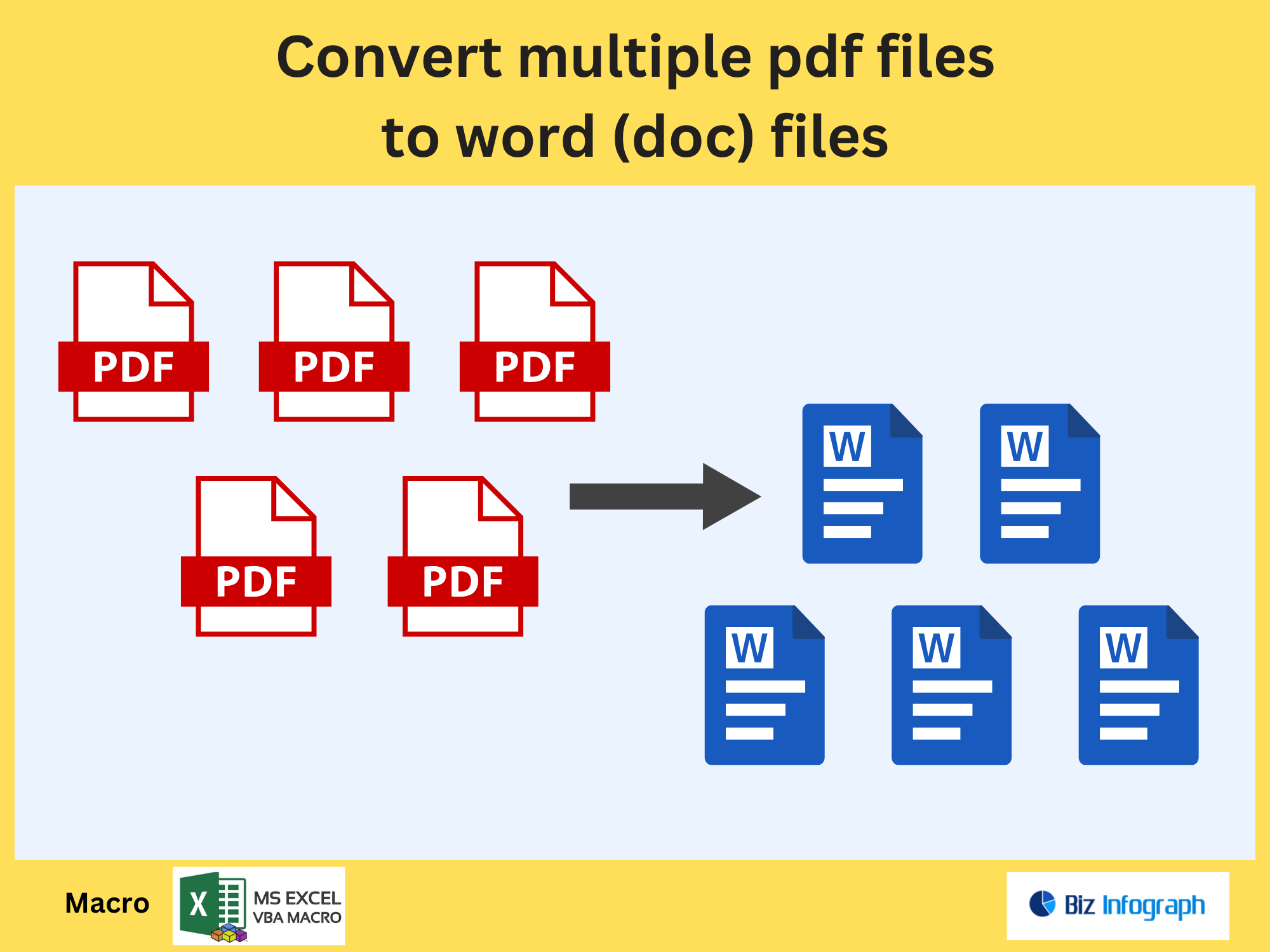Convert Multiple Excel Files to Multiple PDFs by Power Automate
Why Convert Excel Files to PDFs Using Power Automate?
The Need for Batch Conversion of Excel Files
In today’s fast-paced work environment, the need to convert multiple Excel files to PDFs is increasingly common. Whether you’re preparing reports, invoices, or data summaries, converting Excel spreadsheets into PDF files ensures that the content is preserved in a universally accessible format. Manually converting each file is time-consuming, especially when dealing with batch conversion of multiple Excel files. Tools like Power Automate offer a seamless solution to automate the process, saving time and ensuring consistency. By leveraging Power Automate, you can convert multiple files in one go, making it ideal for businesses that frequently handle XLSX files or need to share documents securely.
Benefits of Automating Excel to PDF Conversion
Automating the conversion of Excel to PDF using Power Automate offers numerous advantages. First, it eliminates the need for manual intervention, reducing the risk of errors and saving valuable time. By using actions like “Create File” and “Save Files”, you can seamlessly convert multiple Excel files to PDFs in a single workflow. Power Automate also integrates with platforms like SharePoint and OneDrive, making it easy to access and convert files stored in these locations. Additionally, the ability to batch convert files ensures that all Excel sheets are processed efficiently, improving productivity. This automation is ideal for businesses looking to streamline their PDF conversion processes and enhance document management.
How to Convert Excel Files to PDFs with Power Automate
Setting Up Power Automate for Excel to PDF Conversion
To begin converting Excel files to PDFs using Power Automate, you first need to set up a workflow. Start by creating a new flow and selecting a trigger, such as when files are added to a specific folder in SharePoint or OneDrive. Use the “Get Files” action to retrieve the Excel files you want to convert. Next, initialize the conversion process by using the “Convert Excel to PDF” functionality. Power Automate allows you to specify the layout and range of the Excel sheets to ensure the PDF needs are met. By leveraging these actions, you can automate the process of converting multiple Excel files to PDFs accurately and efficiently.
Using Office Scripts to Enhance the Conversion Process
For more advanced Excel to PDF conversions, you can integrate Office Scripts with Power Automate. Office Scripts allow you to automate tasks within Microsoft Excel, such as formatting data or selecting specific Excel sheets for conversion. By combining Office Scripts with Power Automate, you can create a more robust workflow that handles complex batch conversions. For example, you can use scripts to ensure that the layout of the Excel file is preserved during the PDF conversion process. This integration is particularly useful for businesses that need to convert multiple Excel files with specific formatting requirements, ensuring that the final PDF files meet their needs.
Step-by-Step Guide to Convert Multiple Excel Files to PDFs
Preparing Excel Files for Conversion
The first step in converting Excel files to PDFs is to prepare the files for the workflow. Ensure that the Excel sheets are properly formatted and that the data is organized as needed. If you’re using SharePoint or OneDrive, upload the Excel files to the desired folder. Power Automate will use this folder as the source for the batch conversion process. By preparing the files in advance, you can ensure that the conversion process runs smoothly and that the final PDF files meet your requirements. This step is crucial for achieving accurate and consistent results.
Configuring the Conversion Workflow in Power Automate
Once the files are prepared, configure the conversion workflow in Power Automate. Use the “Get Files” action to retrieve the Excel files from the folder. Then, use the “Convert Excel to PDF” action to initiate the conversion process. Power Automate allows you to specify the layout and range of the Excel sheets, ensuring that the PDF needs are met. Additionally, you can use the “Create File” action to save the converted PDF files to a designated folder. This step ensures that all multiple Excel files are converted accurately and efficiently, providing a seamless solution for batch conversion.
Running and Verifying the Batch Conversion Process
After configuring the workflow, run the flow to convert multiple Excel files to PDFs. Power Automate will process each file and save the converted PDF files to the specified folder. Once the process is complete, verify that all files have been converted correctly. Check the layout and content of the PDF files to ensure they meet your requirements. Power Automate also provides a transcript of the workflow, allowing you to track the progress and identify any issues. This step ensures that the batch conversion process is accurate and efficient, saving you time and effort.
Advanced Tips and Next Steps
Optimizing the Workflow for Large-Scale Conversions
For businesses that need to handle large-scale conversions, optimizing the Power Automate workflow is essential. Use actions like “Apply to Each” to process multiple Excel files simultaneously. Additionally, consider using Office Scripts to automate tasks like formatting or selecting specific Excel sheets for conversion. By optimizing the workflow, you can ensure that the batch conversion process is efficient and scalable. This approach is ideal for businesses that frequently need to convert multiple Excel files to PDFs and want to enhance their productivity.
Integrating Power Automate with Other Tools for Enhanced PDF Management
To further enhance your PDF management processes, consider integrating Power Automate with other tools like Dropbox, Google Drive, or Adobe Acrobat. These integrations allow you to access and convert files stored in different platforms, making the workflow more versatile. For example, you can use the Dropbox connector to retrieve Excel files and save the converted PDF files back to Dropbox. Additionally, you can use Adobe Acrobat to add password protection or edit the PDF files after conversion. By integrating Power Automate with other tools, you can create a more comprehensive solution for managing PDF conversions and improving your document workflows.
Next Steps and Additional Resources
After mastering the basics of convert an Excel files to PDFs using Power Automate, explore additional resources to further enhance your skills. Platforms like YouTube and GitHub offer tutorials and templates for advanced workflows. You can also seek technical support from Microsoft or community forums to troubleshoot any issues. Additionally, consider experimenting with other actions like “Edit” or “Specify Range” to handle more complex conversions. By taking these next steps, you can continue to improve your automation skills and make the most of Power Automate for all your PDF conversion needs. Power Automate acts as a converter, transforming multiple Excel files into PDF outputs effortlessly.
For ready-to-use Dashboard Templates:
- Financial Dashboards
- Sales Dashboards
- HR Dashboards
- Data Visualization Charts
- Power BI - Biz Infograph
